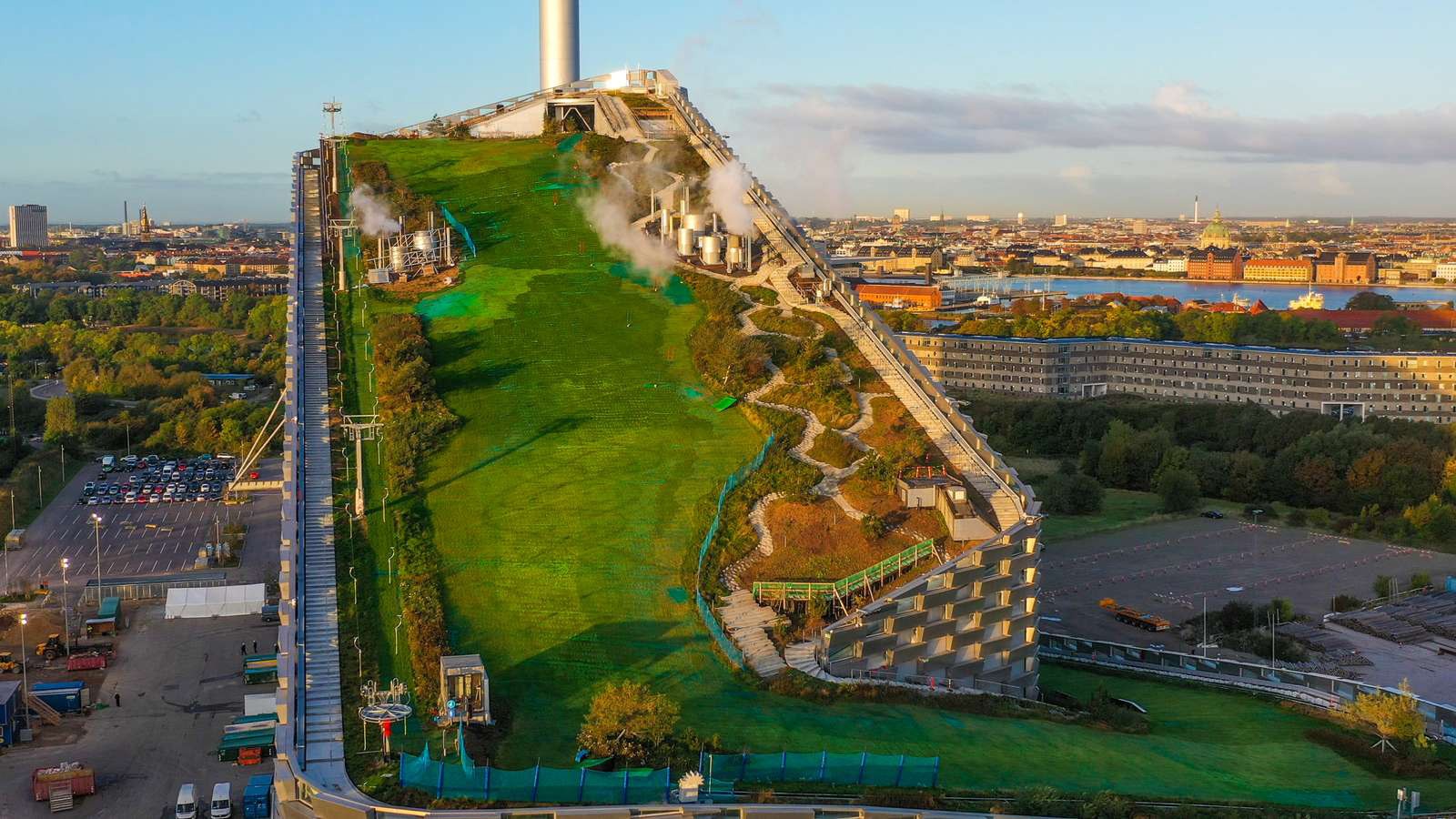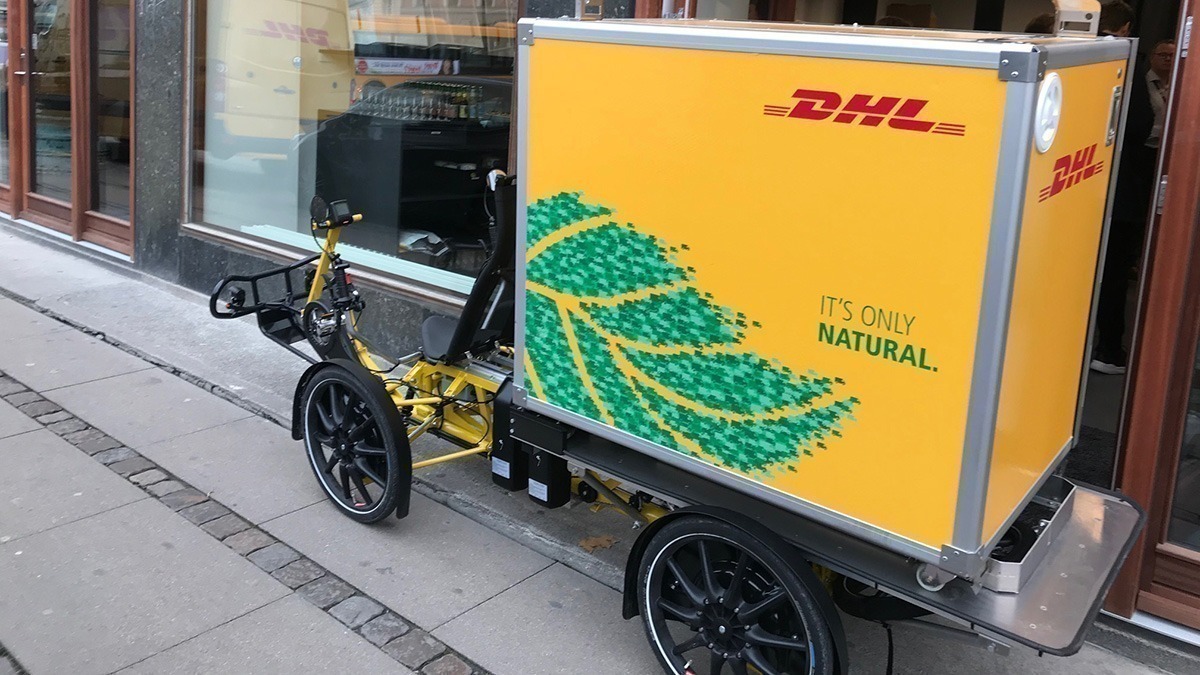“In Copenhagen, we ski on the roofs of our power plants”
The newly opened CopenHill is Copenhagen’s latest innovation in sustainability, architecture and tourism. Part green powerplant and part ski-slope, CopenHill is expected to attract 300,000 visitors every year.

PHOTO BY: Max Mestour & Amelie Louys
PUBLISHED: 15/01/2020
Copenhagen is famous for many things – history, design, and ‘hygge’ to name just a few. But it’s fair to say that, in this pancake-flat city just metres above sea level, skiing is not one of them. So, the 85-metre-high CopenHill may come as a surprise. Just a stone’s throw away from the city centre, CopenHill is Copenhagen’s very first ski destination – built on top of a waste-to-energy powerplant. CopenHill stands as proof that, at least in Copenhagen, innovations in tourism, architecture and sustainability go hand in hand.
Tourism ties to the slopes
With its 450-metre-long artificial slope, CopenHill is the perfect place for Danes to brush up on their technique before ski vacation. This makes partnerships with tourist boards a natural collaboration. For example, Denmark is one of the most important markets for Saalbach-Hinterglemm in Austria, with 80,000 overnight stays in the winter season of 2018/2019. “Naturally, we will take the opportunity to reach out to our Danish guests via this facility,” says Wolfgang Quas, Marketing Manager of the Saalbach-Hinterglemm Tourism Association. The partnership includes branded chairlifts and a Race-To-Saalbach/Race-to-CopenHill exchange. “We begin with a cooperation from which both sides will profit enormously, without a considerable monetary investment, by utilising each other’s contact points with the guests.”
300,000 visitors a year
CopenHill is not just for keen skiers. In total, 300,000 guests are expected to visit CopenHill every year. They can enjoy a running and hiking trail, après ski and restaurant, the tallest climbing wall in the world, or simply the panoramic views from the summit. All this just a stone’s throw away from the centre of Copenhagen and a few kilometres from the airport. Also nearby is the up-and-coming neighbourhood of Refshaleoen. Here you can find the new Noma – not only one of the best restaurants in the world, but one committed to the New Nordic philosophy with its own greenhouses for growing key ingredients. Meanwhile, street food market Reffen is home to 50 start-ups in the form of food stalls, bars and creative workshops, all linked by their commitment to “reduce and reuse” with as much local and organic produce as possible.
A beacon for sustainability
The hybrid plant underneath CopenHill provides heating to 60,000 households and electricity to more than 30,000 homes. Thanks to state-of-the-art catalytic filtration, the incineration is nearly pollution-free. According to architect Bjarke Ingels, CopenHill is not only “the cleanest waste-to-energy powerplant in the world”. It’s a “beacon” for other cities, proving that “a sustainable city is not only better for the environment – it is also more enjoyable for the lives of its citizens.”
Copenhagen aims to be the world’s first carbon-neutral city by 2025, while Copenhagen Airport itself became carbon-neutral in 2019. “We are a vital part of Denmark’s infrastructure, and we regard it as our duty to come up with tangible, realistic solutions aimed at making Danish transport and infrastructure greener and, ultimately, emission free,” says Thomas Woldbye, CEO of Copenhagen Airport.



